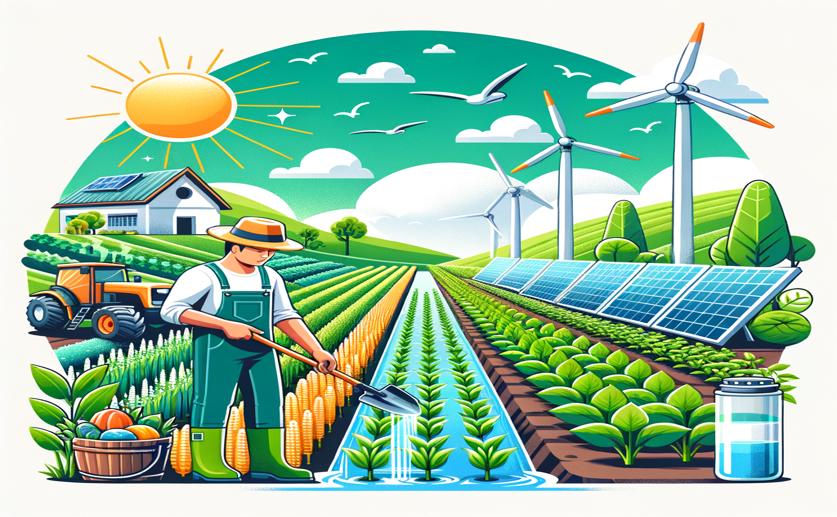
Assessing Sustainable Growth in Farming and Rural Areas
Greg Howard
15th March, 2024

Image Source: Natural Science News, 2024
Key Findings
- Study in China shows green agriculture is improving from 2011 to 2020
- Despite progress, big differences in green development exist between regions
- Main challenges to further green growth are industrial upgrading and leisure agriculture income
AgricultureEnvironmentSustainability
References
Main Study
1) Dynamic evolution and obstacle factor analysis of green development in China's agriculture and rural areas based on entropy-based TOPSIS model.
Published 15th March, 2024
https://doi.org/10.1016/j.heliyon.2024.e27248
Related Studies
2) Spatio-temporal comprehensive measurement of China's agricultural green development level and associated influencing factors.
3) Great transition and new pattern: Agriculture and rural area green development and its coordinated relationship with economic growth in China.
4) [Influences of using different spatial weight matrices in analyzing spatial autocorrelation of cardiovascular diseases mortality in China].
Journal: Zhonghua liu xing bing xue za zhi = Zhonghua liuxingbingxue zazhi, Issue: Vol 42, Issue 8, Aug 2021



 24th February, 2024 | Greg Howard
24th February, 2024 | Greg Howard